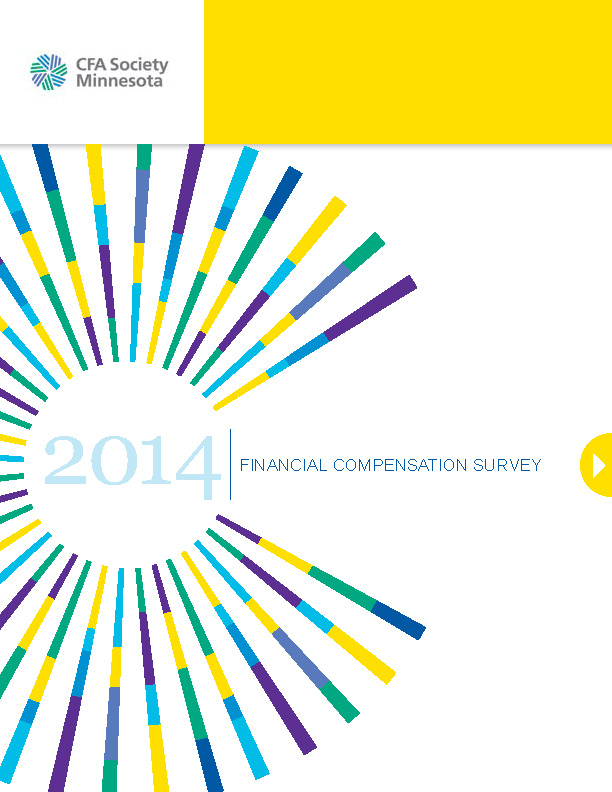September was, to be blunt, a terrible month for credit. Rates were higher, spreads were wider, banks were weak, and record-setting supply weighed on the market. The Merrill Lynch U.S. Corporate master was down about 2 points, a combination of rates that were double-digit higher in the belly of the curve, and spreads which were about 10 bps wider. That may be better than small cap equities, but it was the worst month for credit all year.
What seems most interesting is that supply continued to hit the market all month long, to the tune of about $150 billion. It seems that M&A activity has been driving a lot of the issuance. That represents a change in motivation from earlier this year, when borrowers were tapping the market opportunistically. Up until now, many borrowers could pull back in the face of a less-than-rosy market, but now they no longer seem to have that flexibility.
Case in point this week was the Bayer deal. Bayer issued $7 billion in a 6 part deal, sprinkled across the curve out to 10 years. The company was financing its $14 billion acquisition of Merck’s consumer care business. Bayer already had bridge financing from a $12 billion syndicate of banks, but needed to get permanent financing in place. Given the timing, this deal looked on the cheap side, and as a result it performed well through month end.
What a difference a day makes. The Bayer deal has lagged a little bit, but the rest of the market is notably improved. Rates are better, with the 10 year below 2.5%, and spreads have improved on higher secondary volumes. Bank paper snapped back on Thursday morning, and continues to trade well. It may not be all sun and flowers, but the market feels like it has come through an autumn rainstorm. I cannot say whether it will be all rainbows before us, but I think I will enjoy the moment of romance while it lasts.
Since it rarely does.






